This is the 3rd part of raising the dead. I want to mention again that it is a copy-paste. In this part you can read where Dave Shaw comes from and how he got into extreme-diving. When he met Don Shirley and how they became partners on numerous adventures.
Raising the dead – part3
IF RECOVERING DEON from the bottom of Bushman’s Hole was a feat of extraordinary ambition and danger, combining extreme depth with demanding work, Shaw and Shirley were just the guys to pull it off. On his first dive, in 1999, with his then-17-year-old son, Steven, in the Philippines, Shaw had found a sport whose challenges he couldn’t resist. He quickly pushed past the standard reef tours and went wreck diving. Soon enough he discovered the caves, and he was hooked.
As an airline pilot, Shaw could dive all over the world—in Asia, the United States, Mexico, and South Africa. He was born in the small town of Katanning, in Western Australia, and from the age of three, when he built his first toy aircraft out of cardboard, Shaw knew he wanted to fly. By the time he was 18, in 1973, he was working as a crop duster. That same year he met the Melbourne-raised Ann Broughton at a youth camp in Perth. He took her up in an airplane on their first date, and 20 months later they were married. In 1981, Shaw became a missionary pilot, moving with Ann to Papua New Guinea, where Steven was born. A daughter, Lisa, followed in 1983, and the Shaws relocated briefly to Tanzania before moving to New South Wales, Australia, where eventually Shaw began flying corporate jets. In 1989, he settled in with Cathay Pacific, moving his family to Hong Kong.
Shaw loved to poke around deep underwater, so he was committed to the closed-circuit rebreather for its remarkable efficiency and the warm, moist gas recycling produces. The oxygen supply is automatically monitored and adjusted by a digital controller strapped to a forearm, and pretty much the only oxygen consumed is that which the diver metabolizes. In contrast, divers using traditional open-circuit scuba (the majority of divers today) inhale ice-cold mixes and exhale huge volumes of gas into the water. (Rebreather divers like to call them “bubble blowers.”) As a result, extreme open-circuit divers often need a dozen or more gas cylinders, constantly court hypothermia, and, without automatic control of their oxygen levels, end up breathing—and absorbing—more helium and nitrogen, running up a greater decompression tab. When Nuno Gomes went to the bottom of Bushman’s Hole on open circuit in 1996, he didn’t hang around at all, used more than 54,000 liters of gas, and had to spend almost 12 hours in the water. When Shaw went to the bottom on his rebreather, he tooled around exploring, used only 5,800 liters of gas, and got back to the surface in nine hours and 40 minutes.
The chief drawbacks to rebreathers are that they are expensive (upwards of $5,000), require the diver to constantly monitor the digital controller settings (open-circuit divers just have to breathe), and, until Shaw came along, had not been proved at great depths. But Shaw was convinced that rebreathers were the future of diving. In 2003, he purchased a rare Mk15.5 rebreather, developed by the U.S. Navy for deep submarine evacuation, and modified it with a Hammerhead controller that he filled with paraffin oil, as a sort of internal shock absorber that would help the components withstand intense pressures. Then he set about diving his custom rig to successively greater depths.
Don Shirley, an understated man with steel-frame glasses and a scraggly beard, was a kindred spirit. He grew up in Surrey, England, and spent 22 years as an electronics specialist in the British Army, which took him through the Falklands War and to the Persian Gulf. He dived every spare minute he had, specializing in deep wrecks off the coast of Britain. In 1997, he retired from the army and moved to South Africa, looking to start a new life as a technical-diving trainer in an exotic English-speaking land. He and a partner set up the South African franchise of IANTD, alongside a deep, flooded asbestos mine in the beautiful grassy hills a couple hundred miles east of Johannesburg. He dubbed the spot Komati Springs, spent hundreds of hours a year in the water, teaching technical and cave diving, and developed the mine, with its deep shafts, into a premier dive site. In 2003, he married Andre Truter, a feisty 38-year-old Afrikaner with short brown hair and a sly smile. Together they live in a thatch-roofed bungalow, surrounded by a pack of rambunctious dogs with names like Sheck and Argon.
In the fall of 2002, a bearded man with an Australian twang appeared at Shirley’s dive center. “Hi, I’m Dave Shaw,” the man said. “Do you mind if I go dive your hole?” Shirley sized up the bluff Aussie and liked what he saw. Soon Shaw was flying in regularly to dive, and Shirley went with him whenever he had time. In October 2003, at Komati Springs, Shaw set a rebreather cave record of 597 feet, with Shirley diving backup. Two days later, Shirley, with Shaw just behind him, became the first diver to reach the very end of the mine’s deepest shaft, at 610 feet. Shaw and Shirley had logged more than a hundred hours underwater together in the nearly two and a half years they’d known each other. “It was stunning being in the water with Dave, very relaxed,” Shirley says.
Shirley introduced Shaw to the enticing depths of Bushman’s in June 2004. Shaw turned up with his modified Mk15.5 and dived it to 725 feet, another world record for a closed-circuit rebreather in a cave. His DUI drysuit and Thinsulate underwear kept him warm. He peed happily into the water via a valve in his drysuit that had a catheter running to a condom (informally known as “the Urinator”), and topped up, intermittently pulling his regulator out of his mouth, on candy bars and water lowered in a string bag at shallow decompression stops. He fell in love with the place.
The Next part will cover the preparation to the dive… so stay tuned…


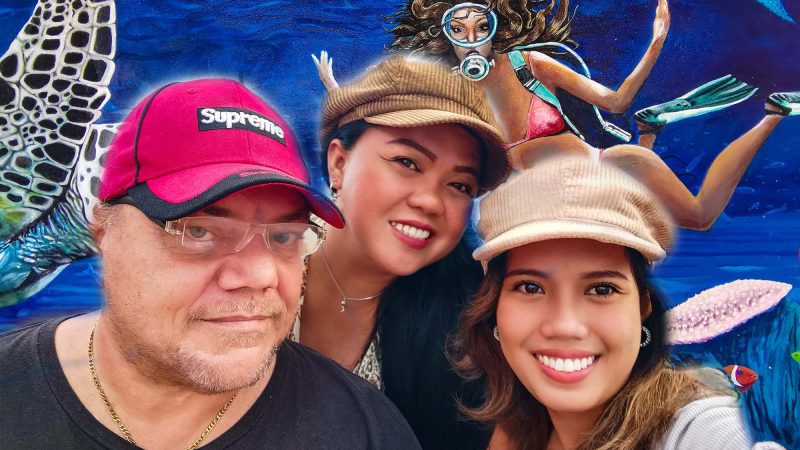
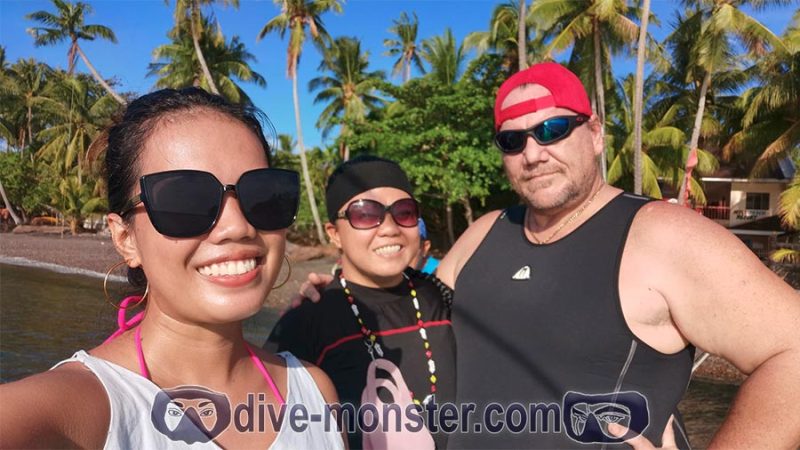
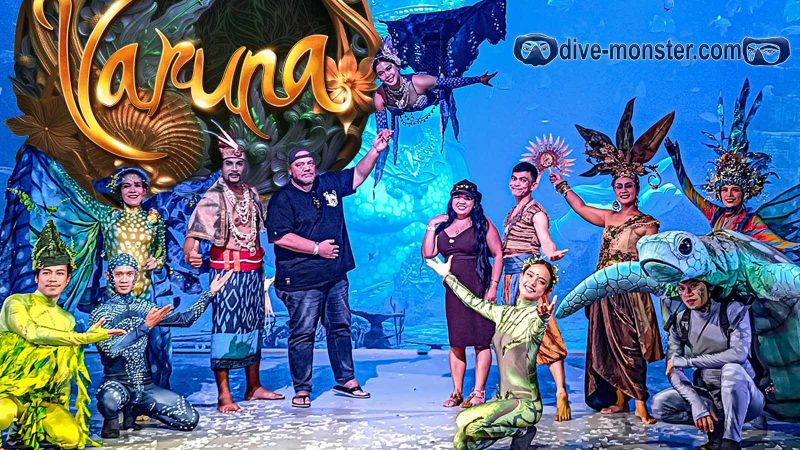
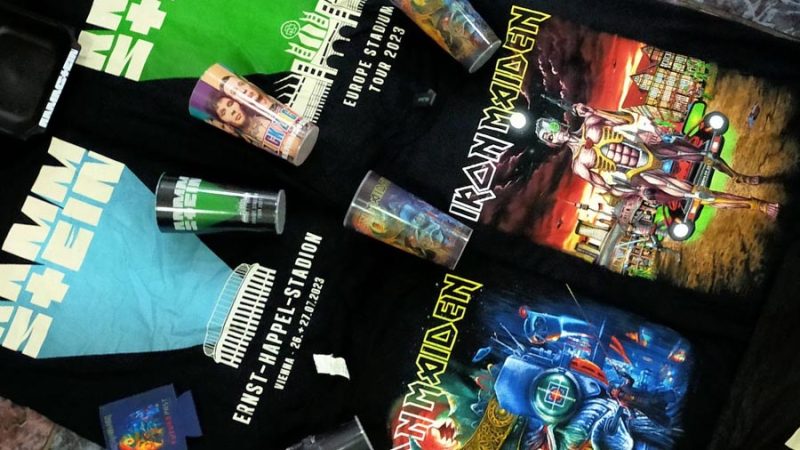
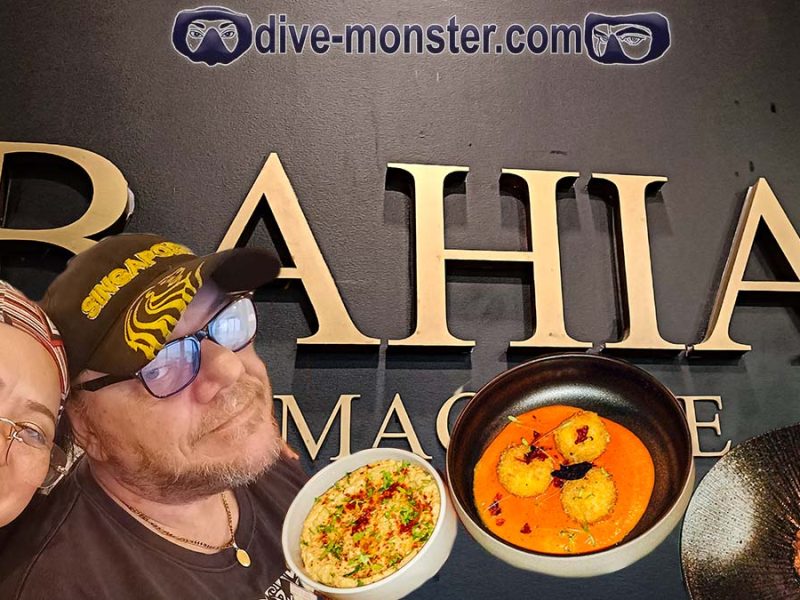



how about the part 4 ?
well Freddy, your wish is my command… 🙂